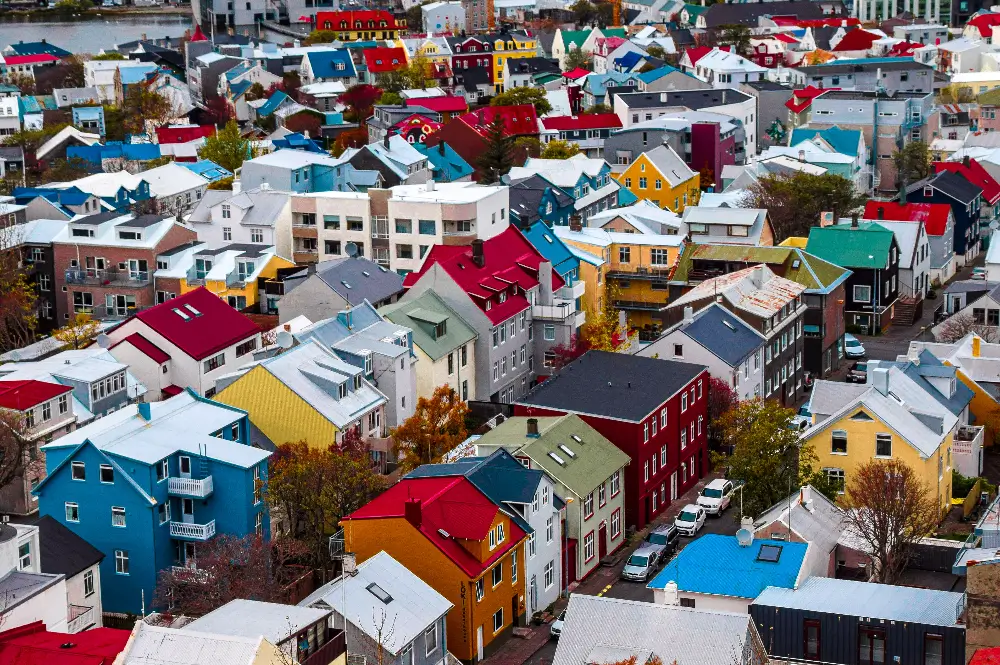Iceland is a small but mighty country with a lot to offer. Its stunning natural beauty is truly breathtaking, with awe-inspiring landscapes such as the Vatnajökull Glacier, geysers, waterfalls, and black sand beaches. Iceland is also a great place for outdoor enthusiasts, with opportunities for hiking, whale watching, and chasing the Northern Lights.
The Blue Lagoon, a geothermal spa located in southwestern Iceland, is indeed a popular tourist attraction. It is known for its warm, milky blue waters and is said to have therapeutic properties. In addition to relaxing in the Blue Lagoon, visitors to Iceland can also enjoy a range of other activities, such as visiting the Golden Circle, exploring Reykjavik, and trying out some of the delicious local cuisine.
Speaking of local cuisine, you are right that Skyr is a traditional Icelandic dairy product that is similar to yogurt. It is made from the milk of Icelandic cows and is known for its thick, creamy texture and mild flavor. Other popular Icelandic dishes include seafood, such as cod and haddock, as well as lamb and potatoes. Overall, Iceland is a unique and exciting destination with a lot to offer.
Get cover now





